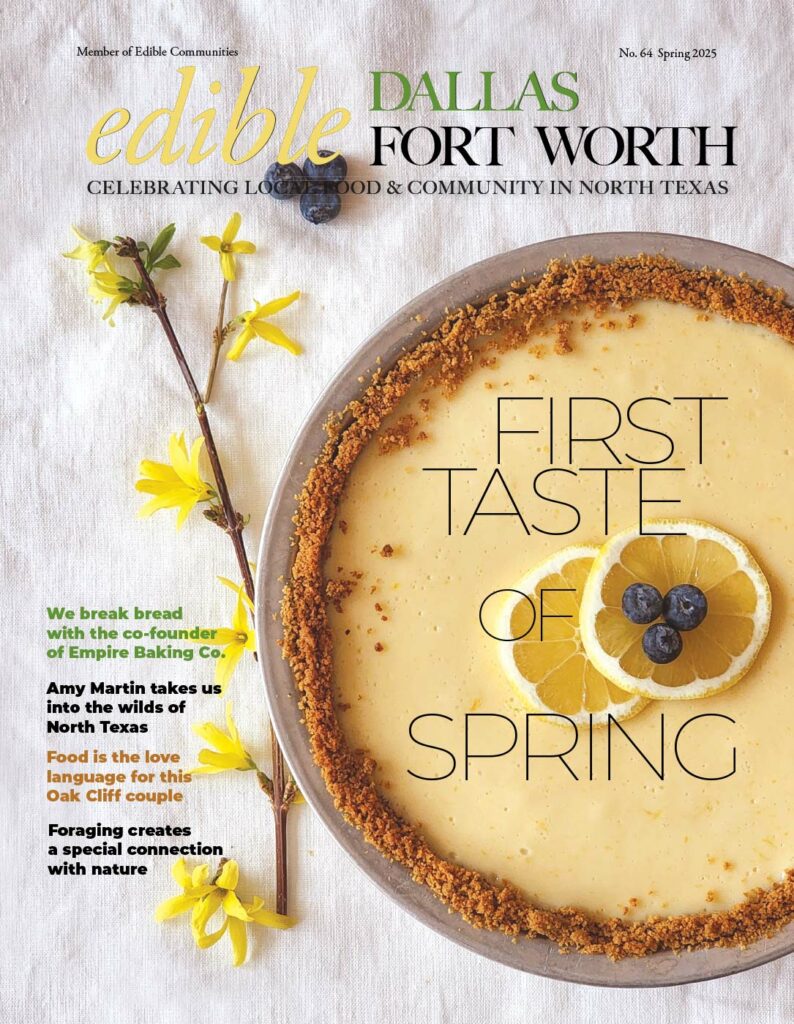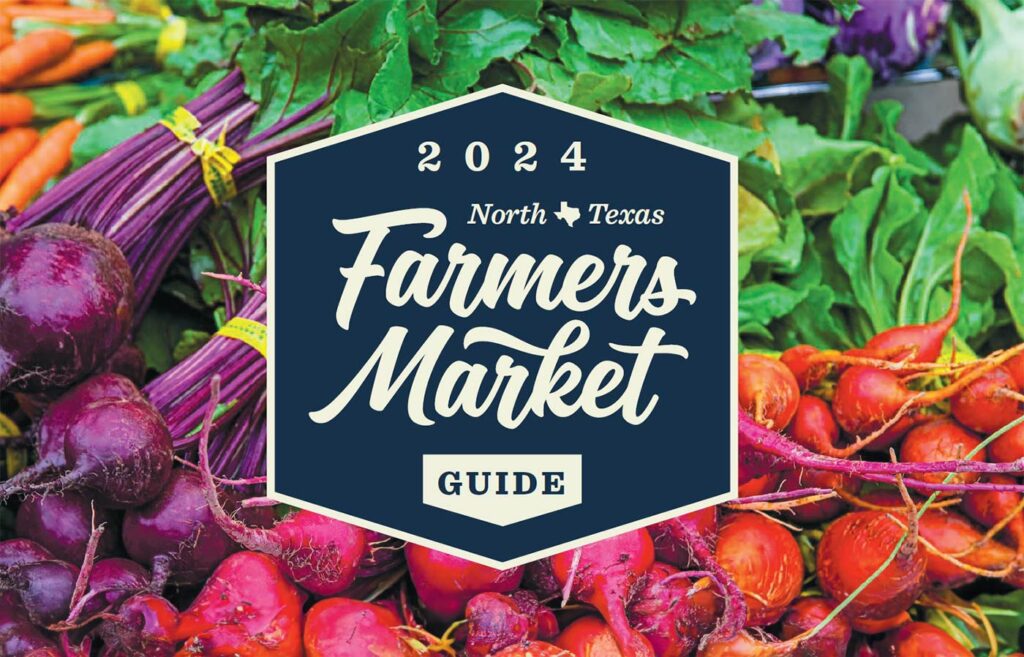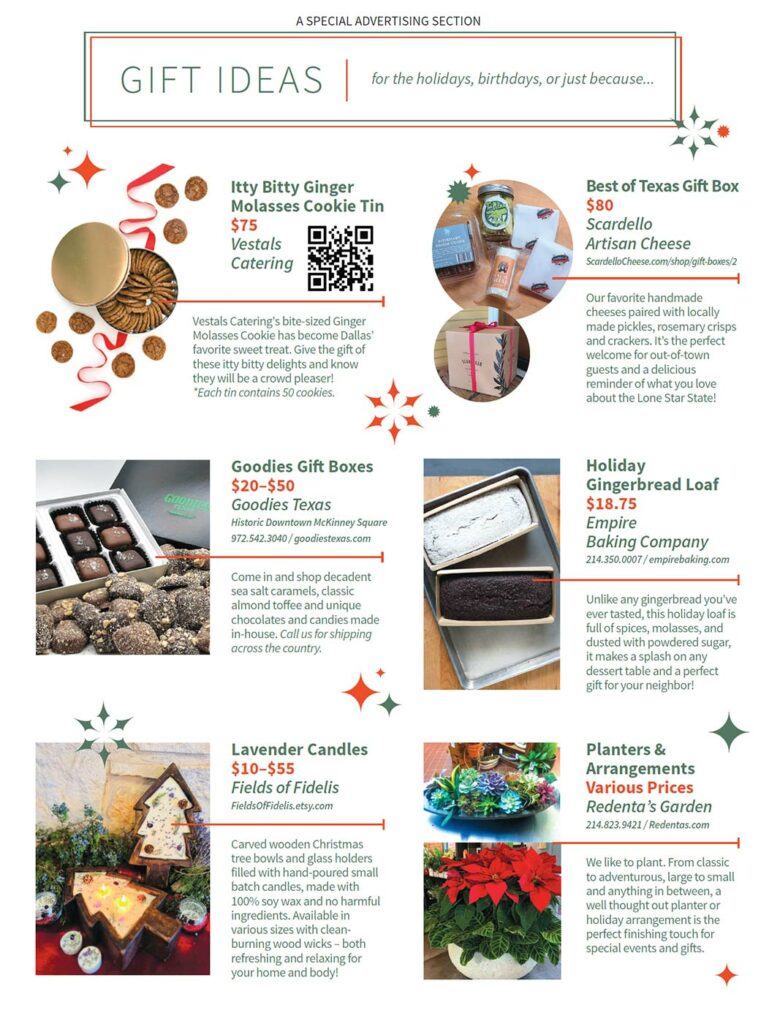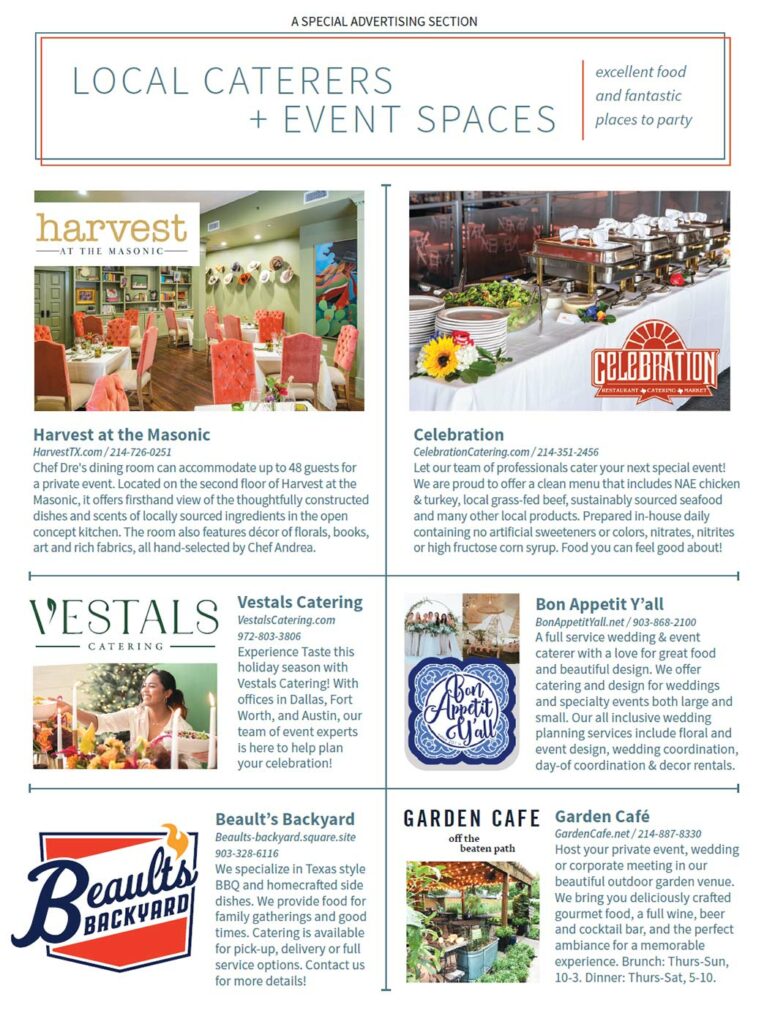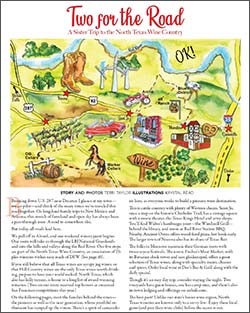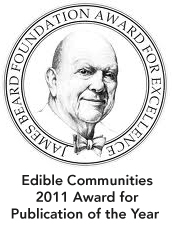Heritage seeds bring flavor and quirky looks
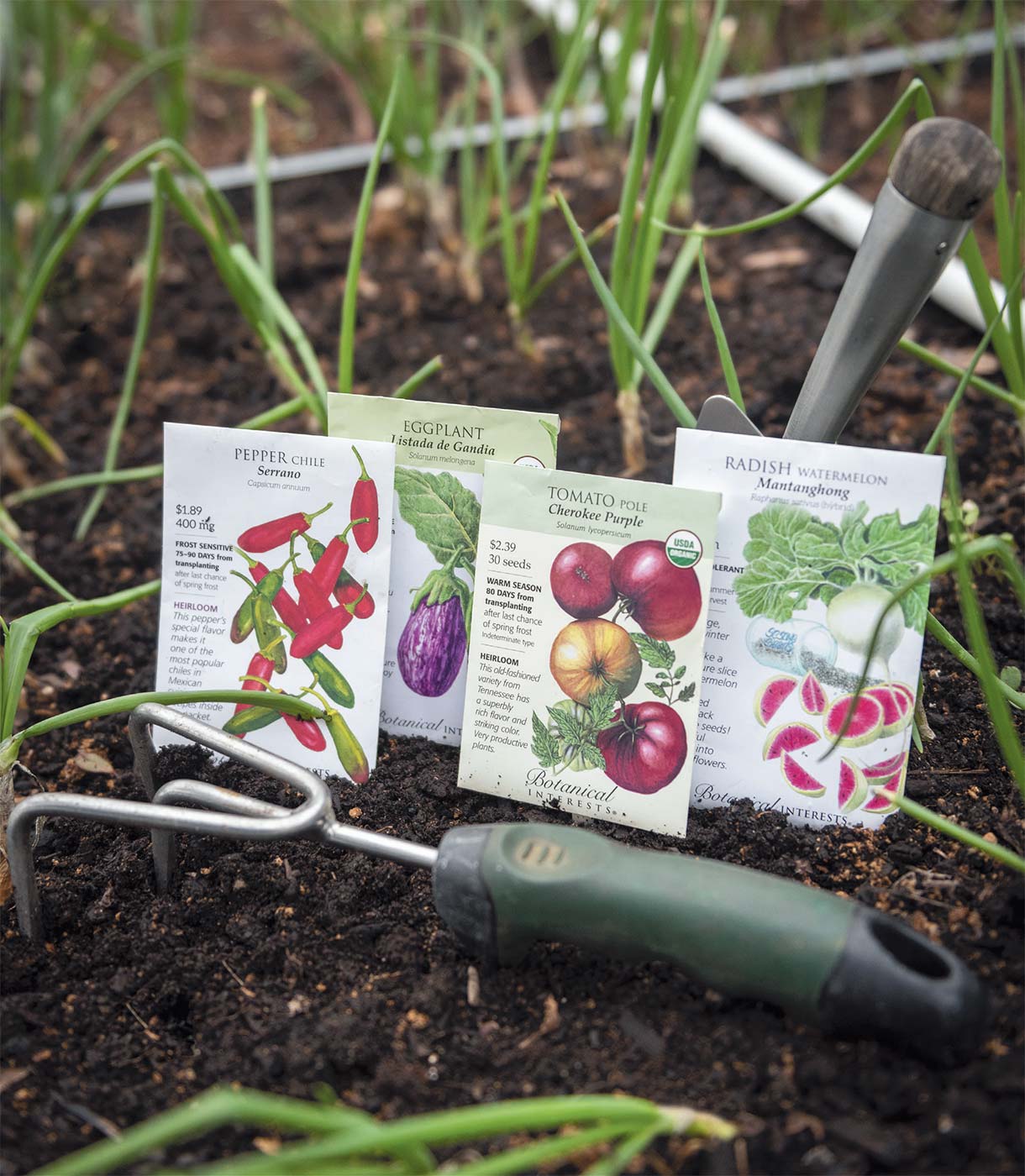
Heirlooms are named after people and places that may have long since faded away, but their history is carried on season after season.
There’s nothing like picking a fresh, vine-ripened tomato, warmed by the Texas sun, and taking a big bite of sweet and tangy flesh as you lean forward to prepare for the inevitable juice that drips down your chin. It’s an experience that hooks many gardeners into spending countless hours (and probably too much money) in the garden. Some of the most delectable tomatoes are heirlooms, as opposed to their exseedingly more common hybrid counterparts.
Whether you grow your own vegetables or search for the freshest produce at your local farmers market, you’ve likely come to appreciate the unique treasures touted as heirlooms. Besides tomatoes like Green Zebras or Arkansas Travelers, these might include Chioggia beets, Hill Country Red okra or a Sugar Baby watermelon. Heirlooms are trendy now, but many have been lost forever.
A Fruitful History
Before the 1950s, heirloom fruits and vegetables were bred by small-scale farmers and backyard homesteaders. Out of necessity, they developed cultivars that thrived amid regional challenges like heat, humidity and drought. They were also bred to overcome the limitations of less-than-optimal local soil types. But exceptional flavor was still a primary goal.
These heirloom, or heritage, varieties were passed down from generation to generation—and with them came stable characteristics like distinct colors or resistance to cracking and disease. Because heirloom produce is open-pollinated naturally, or “true to type,” the seed saved for next year’s harvest produces an offspring almost identical to its plant parents and grandparents. This done by isolating the plants so they are only pollinating each other and are not cross-pollinated by nearby plants of the same species.
Getting to the Root of Heirlooms vs. Hybrids
While heirloom cultivars have their merits, they also bring their own set of challenges and the inevitable comparison to hybrids. These challenges can include lower yields and harvest times that are more sporadic and less dependable compared to hybrids. They may not be as resistant to diseases as hybrids are.
Hybrid varieties utilize beneficial genetic traits from both sets of “parents.” For instance, if one tomato cultivar showed resistance to a pest or disease and another tomato showed resistance to bruising during shipping, these would be cross-pollinated with the goal of producing a tomato seed that shared the best traits from both parents. Often numerous generations are grown out and scientifically tested for optimum results. These often have “F1 hybrid” printed on a plant tag or seed packet. (Note: This traditional breeding method should not be confused with transgenic breeding—often referred to as GMO—which utilizes genes outside of a species.)
Unfortunately, with many hybrids that were bred for highest yields, flavor has historically been less of a concern. Hybrids generally look uniform with very few blemishes. They certainly have their advantages, but seeds saved from these fruits and vegetables will not produce anything quite like the specimen they are selected from. The same genetic conditions that allow for some predictability and the uniformity of that F1 generation also create a random unpredictability. The seeds will grow, of course, but you don’t know what type of fruit those plants will produce.
A Growing Legacy
Heirlooms, on the other hand, are typically only uniform from that seed-saving perspective. Along with intense and amazing flavors, most heirloom fruits and vegetables possess widely diverse or unusual shapes and colors. For those of us who eat with our eyes before we take the first bite with our mouths, heirlooms bring an apeeling sense of adventure and excitement, along with a sense of tradition and the story that comes along with their legacy.
Heirlooms are named after people and places that may have long since faded away, but their history is carried on season after season. Local farmer Tim Kerkman, of Sun E Farms in Rosser, grows a variety of heirloom cultivars adapted to North Texas. One of his prized vegetables is a Jerusalem artichoke that, when compared to commercial varieties, has an incredibly intense flavor and aroma. The fact that it was bred by a friend and fellow farmer to withstand the heat and drought-prone climate near Tucson, AZ, helps it survive Texas’ brutal summers. While that friend has now passed away, the food that he was so dedicated to breeding endures.
“ They were still growing when he handed them to me—they’re tubers,” Kerkman says, “and even though he’s gone, they’re still growing now.”
Although Kerkman doesn’t solely grow heirloom cultivars, he recognizes and appreciates their advantages. The potential for adaptability to higher temperatures and sporadic rainfall patterns paired with higher humidity makes heirlooms that originated in Italy particularly advantageous to Kerkman. “I’ve had a lot of success growing Costoluto Genovese and Costoluto Fiorentino [tomatoes]. They produce well, have intense flavors and are pretty compact in size,” Kerkman says.
Both Italian heirlooms were believed to have been bred in the 19th century and are favored by chefs in America for their intense flavor and beautifully fluted “ribs.” In addition to being good slicers, they do wonderfully in sauces.
At his small farm just south of Dallas, Kerkman has also had a lot of success growing an Italian Red Pear tomato that produces few seeds and is regarded as a perfect tomato for sauces and tomato paste.
For home gardeners, Kerkman also recommends trying heirloom versions of okra, melons and cabbages.
Although Kerkman has plans to start a C.S.A. (Community Supported Agriculture), Sun E Farms currently only sells to local restaurants, and its clientele is a virtual who’s who of notable restaurants and seasoned chefs in North Texas. (See our Q&A with Misti Norris.)
From Farm to Kitchen to Table
One Sun E Farms regular is the executive chef at Dallas’ new Virgin Hotel, Nick Walker, who is so passionate about using fresh, locally grown produce at its peak, he also helps cultivate an on-site vegetable garden, just steps away from his kitchen. But to Walker, using locally adapted heirloom fruits and vegetables is also an opportunity to support local farmers like Kerkman. Walker jokes: “Using the best ingredients makes my job as a chef as easy as possible.”
Walker is excited to take the tomatoes he sources from Sun E Farms and other local producers and transform them in a way that elevates the flavor of the produce itself, while also paying homage to the farms and farmers from which they came. Oftentimes, this means developing special dishes to take advantage of the limited season in which some local heirlooms are available. For example, Walker plans to clarify juiced tomatoes with a touch of vinegar in an offering that he describes as having “a wonderfully intense tomato aroma and essence.”
He also looks forward to sourcing and experimenting with local heirloom asparagus, carrots and melons (later in the season), which are among his favorites for extraordinary quality when sourced from local farms.
“Some spring seasonal heirloom items are hyper seasonal, only available for four to seven weeks, so there’s a short time-frame to use them at their peak,” Walker says.
HEIRLOOMS TO TRY AT HOME
Tomatoes: Black Krim, Cherokee Purple, Texas Wild, Arkansas Traveler, Lucid Gem, Yellow Pear, Green Zebra, San Marzano, Marmande
Peppers: Aji Amarillo, Aji Limon, Marconi Red, Corno di Toro Giallo, Corno di Toro Rosso, Mc- Mahon’s Texas Bird Pepper
Eggplants: Prosperosa, Listada De Gandia, Black Beauty
Squashes: Tatume, Desi, White Scallop, Kabocha, Golden Summer Crookneck
Beans: Thai Purple Long Bean, Urizun Winged Bean, Blue Lake Bush, Moonshadow Hyacinth, Blauhilde
Okra: Hill Country Red, Eagle Pass
Melons: Tam Dew, Sugar Baby, Hale’s Best, Israeli
Cucumber: Straight Eight, Mexican Sour Gherkin, Marketmore 76
Cabbages: Golden Acre, Early Jersey Wakefield, Michihili, Dutch Flat
Swiss Chards: Barese, Perpetual Spinach, Five Color Silver Beet
Beets: Chioggia, Bull’s Blood, Golden
Radishes: Watermelon, Zlata
WHERE TO FIND HEIRLOOM SEEDS
Seed Savers Exchange: Founded in 1975, this membership group offers one of the most extensive seed catalogs. Through its community exchange, it also promotes the benefits of saving open-pollinated seed to preserve their history and share the legacy of heirlooms. Members swap rare seeds, often for free, with a goal of preserving the tradition and increasing biodiversity. (seedsavers.org)
Baker Creek Heirloom Seeds: Started by Jere Gettle at age 17, his company now offers around 1,200 varieties of vegetables through their online and printed catalog, which also includes flowers and herbs; it has the largest selection of heirloom varieties in the USA. (rareseeds.com)
Southern Exposure Seed Exchange: Their print and online seed catalogs focus on unusual Southern heirlooms, with a seed stock of nearly 800 varieties coming mostly from certified organic small farmers they contract with directly. (southernexposure.com)
Local nurseries, garden centers, feed stores (and maybe even where you found this magazine): During the growing season, in addition to local businesses that sell plants, you can often find heirloom fruit and vegetable seeds at Central Market and Whole Foods Market, as well as at many other stores in the Edible Dallas & Fort Worth community. Botanical Interests is one popular brand.
Save Your Own: Saving seed can be as easy as harvesting and air-drying seeds from the heirloom plants in your garden or from a local farmers market. You can also begin a backyard breeding project of your own for plants better adapted to your specific site. Learn how to harvest and store seeds properly by signing up for a free seed-saving class at WaterUniversity.tamu.edu or visit your favorite heirloom seed catalog’s website for helpful tips.
Daniel Cunningham, Horticulturist with Texas A&M AgriLife's Water University program. His primary focus is a holistic approach to landscaping and food production systems. Cunningham specializes in Texas native plants and trees, vegetable gardening, edible landscaping, rainwater harvesting and is passionate about utilizing landscapes as habitat for benecial wildlife. For more gardening advice om Daniel, tune in to NBC DFW (Channel 5) on Sunday mornings or ask @TxPlantGuy on Facebook, Twitter or Instagram.
- Daniel Cunninghamhttps://www.edibledfw.com/author/dcunningham/
- Daniel Cunninghamhttps://www.edibledfw.com/author/dcunningham/
- Daniel Cunninghamhttps://www.edibledfw.com/author/dcunningham/
- Daniel Cunninghamhttps://www.edibledfw.com/author/dcunningham/


